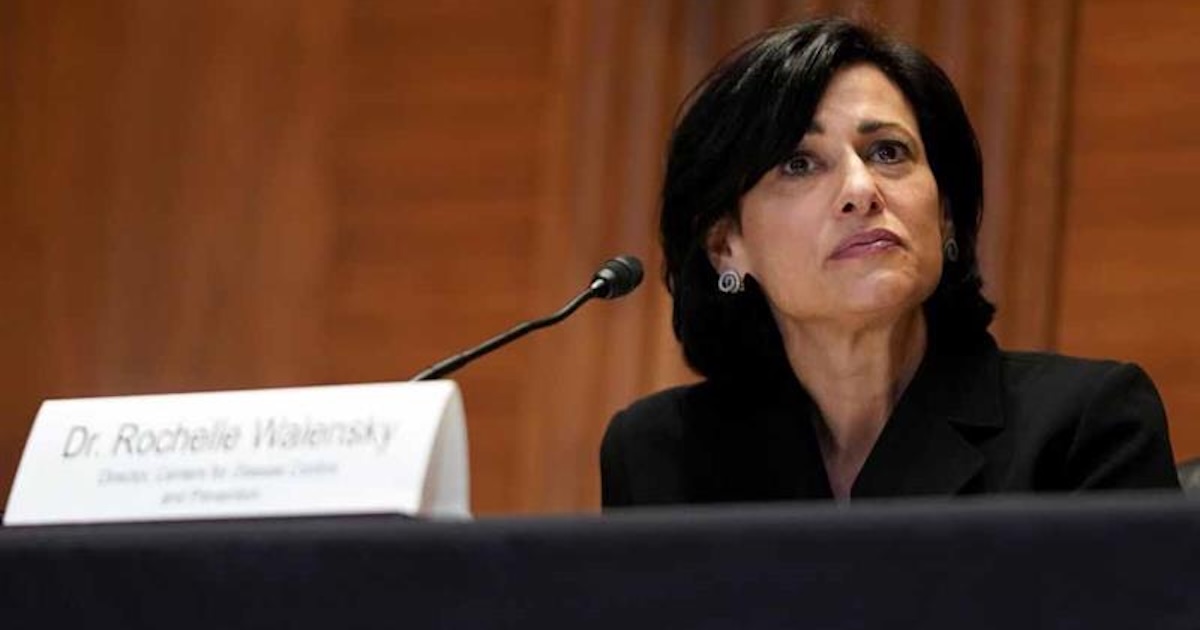Wondering if Congress is paying attention to the rapid rise of telehealth? A recent policy report indicates no less than 46 bills related to telehealth have been introduced by the current crop of legislators. And that doesn't include an ongoing series of roundtables and hearings designed to "reflect, harness and promote innovation in the healthcare space."
This information can be found in a compelling report issued by ML Strategies, titled "Telehealth and Health IT Policy: Considerations for Stakeholders." Billed as a strategies alert, the report helps to summarize just how busy Congress has been and will be with telehealth-related matters.
The ML Strategies team lays the groundwork for its report by noting that the number of patients using telehealth services around the globe is expected to skyrocket from 350,000 in 2013 to about 7 million by 2018; closer to home, about 75 percent of the anticipated 100 million eVisits occurring this year are expected to take place in North America.
"The growing demand for telehealth reflects the important role telemedicine plays in reducing costs while also increasing quality, access, and satisfaction," the report states. "A June 2014 American Medical Association (AMA) report notes that telehealth is being used to 'improve access to care, care coordination and quality, as well as reduce the rate of growth in health spending.' For example, it is estimated that telehealth could deliver more than $6 billion a year in healthcare savings to U.S. companies and yields an 87 percent satisfaction rate."
Despite that rosy news, there are barriers. Current federal law restricts reimbursement for telehealth services under Medicare, and Medicaid reimbursement guidelines vary greatly from state the state. In addition, there are no federal standards for telehealth at this time, leaving it up to medical boards and state regulatory boards to set their own rules and regulations. And with 40 states currently working on legislation addressing telehealth policy, that's a lot of ambiguity.
"This has resulted in a patchwork of state laws that inhibit the proliferation of telehealth solutions in both the public and private sectors," the report stated.
Whether Congress can wade into this mess and set standards remains to be seen. According to the report, Congress could leave it up to the administration – say, the Department of Health and Human Services – to create a definition, or it could create its own definition through any number of legislative avenues, such as the Federation of State Medical Board (FSMB), Public Health Service Act (PHSA) or the Telehealth Modernization Act (H.R. 3750) recently introduced by U.S. Reps. Doris Matsui (D-Calif.) and Bill Johnson (R-Ohio).
That, of course, is just one of the 46 bills facing Congress this session that have something to do with telehealth. And then there's the House Energy and Commerce Committee's 21st Century Cures Initiative, launched by Committee Chairman Rep. Fred Upton (R-Mich.), which has held nine hearings and roundtables and issued four whitepapers to date.
"This could be a timely moment for telehealth providers to make their voice heard in Congress and develop policies that will allow the broader deployment of telemedicine," the report pointed out.
The report goes on to highlight several recent pieces of legislation targeting telehealth policy, including the Medicare Telehealth Parity Act of 2014 (H.R. 5380), and efforts by the American Medical Association and FSMB to establish best practices for telehealth and telemedicine initiatives. Finally, the report mentions ongoing healthcare IT initiatives like meaningful use, ICD-10, interoperability, and ongoing efforts by the U.S. Food and Drug Administration to set a framework for regulation of mobile medical apps and devices.
All in all, the ML Strategies report makes a compelling read, and makes the point that telehealth will get a fair amount of attention in the nation's capital.


